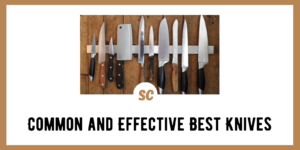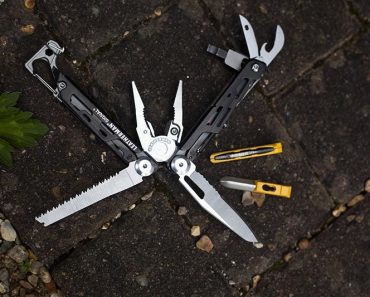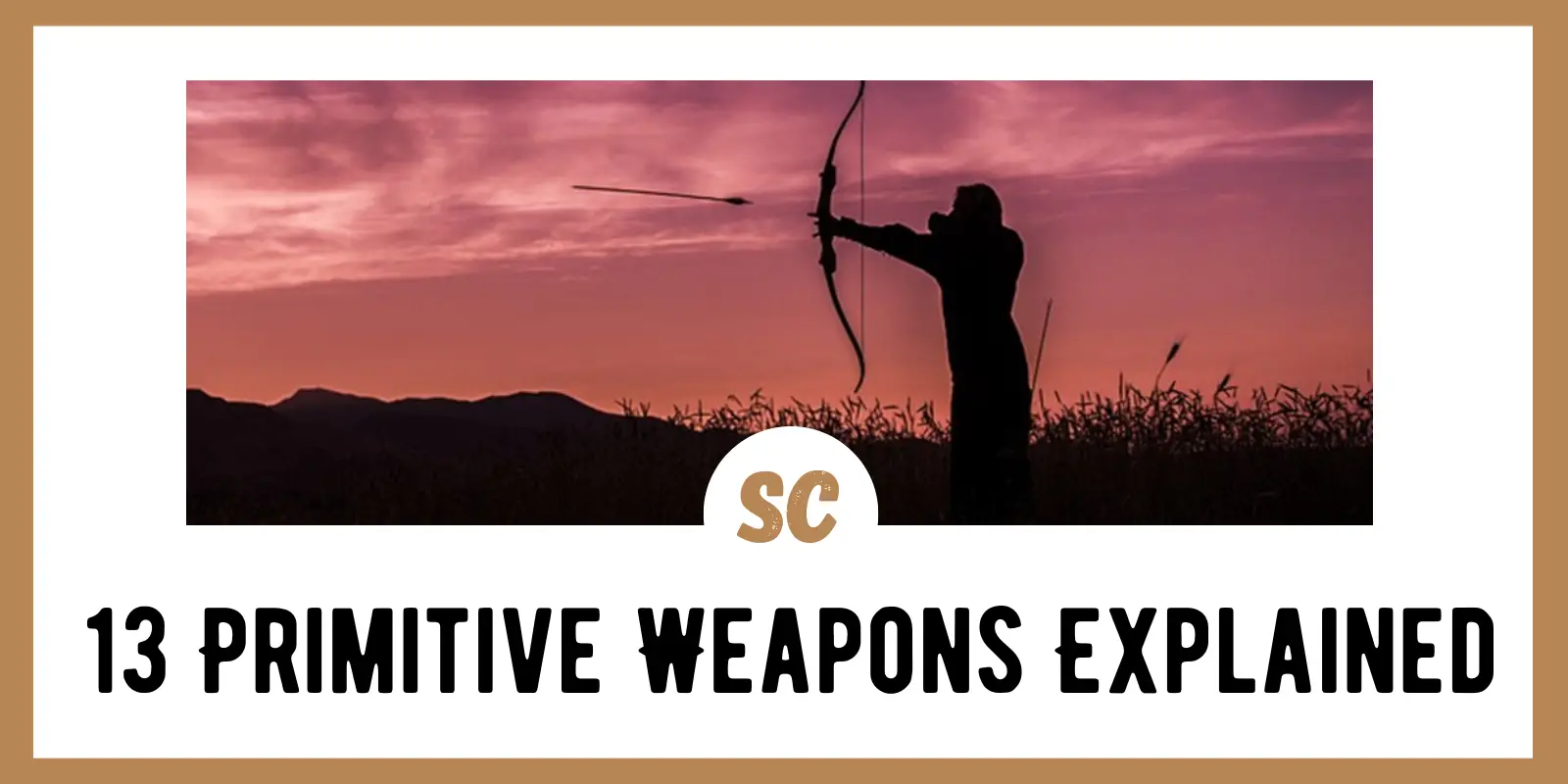Need to pick up a new knife for taking on a camping trip? Or do you want a capable, sturdy blade for self-defense? In these scenarios and more, you need to know which type of knife to buy.
If you don’t know where to start, you’ve come to the right place. Let’s break down some of the most common and effective types of knives based on their shapes one by one.
Why Does Knife Blade Shape Matter?
There’s a lot to consider when shopping for a great knife, including the handle, blade length, blade material, and overall sharpness.
The shape of a knife’s blade will affect:
- How narrowly it cuts
- The kinds of cuts the knife can make (i.e. is it better for stabbing or slicing?)
- What jobs the knife is suitable for (i.e. hunting, self-defense, carving, etc.)
In short, a knife’s blade shape affects its potential uses and suitability for certain tasks. Therefore, understanding the different knife shapes available will help you choose the right knife for your unique needs.
With that out of the way, let’s break down some of the most common types of knives based on their blade shapes.
Clip Point
Clip point knives feature a straight spine that then tapers into a low convex curve. This knife is actually the inspiration for the famous Bowie knives. They’re acceptable for self-defense, survival or wilderness training, and other uses. These versatile and affordable knives are popular since they can be used for almost anything.
Drop Point
Drop point knives are versatile, flexible, and suitable for a variety of situations. They feature a sloping spine and a slightly sloping blade shape that make them suitable both for quick stats and cuts alike. They can be used for bushcraft, defense, and tactical purposes.
Read the guide on drop point vs tanto knives.
Tanto
Tanto blades feature a high position, reinforced knife point and a flat spine. As a result, these knives are great for combat, self-defense, and survival since they’re very durable and tough. On top of that, these blades also have an iconic, fearsome aesthetic.
Reverse Tanto
Reverse tanto knives are similar to the above, but feature a flat, angled drop-off point at the top of the spine. This makes the blade tip a little easier to stab into tight spaces, which may grant it additional usability as a carving or survival tool. These blades retain the fearsome appearance of their predecessors.
Bowie
The famous Bowie knives have a unique shape with a bulbous tip away from the handle. These knives are ideal for cutting through foliage, for campground tasks like carving wood, and for protecting yourself in self-defense scenarios. However, Bowie knives tend to be a little more unwieldy by nature, and they are usually longer and heavier than other common knives.
Dagger
Dagger knives have a double-edged shape and a spearpoint-like blade tip. They’re meant for slicing and stabbing, but they can’t usually be used with both hands because they lack a flat, non-sharp spine. They are primarily meant for self-defense, tactical engagements, or as showpieces.
Spanto
Spanto knives are similar to Tanto blades in that they have a downward sloping curve on their spines and an upward sloping curve on their bellies. The knives are sharp and feature a tight point at the end, making them ideal for stabbing, sawing, cutting, and anything else you may require. They can be used for almost anything, ranging from camping to self-defense and more.
Dao blades feature a curved spine and a curved belly. Near the end of the point, the blade thickens into a sharp tip. These knives have an upward curve that grants them unique silhouettes and that makes them great for cutting through dense foliage or for carving through wood. However, these aren’t the best for tactical survivalists.
Sheepfoot knives are somewhat similar in shape to Dao knives and feature a rounded off point with a slightly curved blade shape. These knives are ideal for sawing and cutting jobs that don’t require the use of a knife tip. Thus, sheepfoot knives are primarily used by fishermen, hunters, and for those who need a suitable camping knife.
Dao Blade
Sheepfoot knives are somewhat similar in shape to Dao knives and feature a rounded off point with a slightly curved blade shape. These knives are ideal for sawing and cutting jobs that don’t require the use of a knife tip. Thus, sheepfoot knives are primarily used by fishermen, hunters, and for those who need a suitable camping knife.
Needlepoint
Also called stiletto knives, needlepoint knives feature long, thin blades with both sides sharpened for capable stabbing and slicing. They feature low surface friction points and are primarily intended for self-defense or combat uses. They’re not very good for hunting, camping, or preparing bushcraft supplies due to their shapes and overall small sizes.
Straight Back
A straight back knife features a straight spine that gradually tapers up to the sharp point. The belly remains flat until curving up to the endpoint. This basic and streamlined design is easy to use with both hands as you can press the spine of the blade with your free hand. It can be used for survival purposes, chopping through or cutting wood, and for self-defense.
Spear Point
Spear point knives, also called double-edged knives, have a semi-flat spine close to the handle that quickly sharpens and tapers toward a shared point with the belly. These knives are ideal for slicing through animal flesh or for self-defense. Some knives may feature a thicker spine to make them more suitable for carving or chopping through wood.
Talon
Talon knives, also called hawkbill or karambit knives, have a very curved shape that starts at the handle and follows all the way through to the point. The knife blades are usually short, but the concave curve is sharp and ideal for slicing or hooking into flesh or wood materials. They’re great for camping, bushcraft, hunting, and some limited self-defense uses (their lack of a straight point minimizes this somewhat).
Wrap Up
As you can see, there’s a knife shape for practically every purpose or need. Whether you need a survival knife, a multitool capable of carving and cutting up wild game after a hunt, or a self-defense weapon, there’s a blade shape perfect for you. Consider the shapes above when shopping and you’ll be sure to find the ideal knife for you!







![[VIDEO] Pocket Survival Kit (PSK) – Fire Tools [VIDEO] Pocket Survival Kit (PSK) – Fire Tools](https://survivalcove.com/wp-content/uploads/2023/08/CachePSK2-370x297.jpg)




















